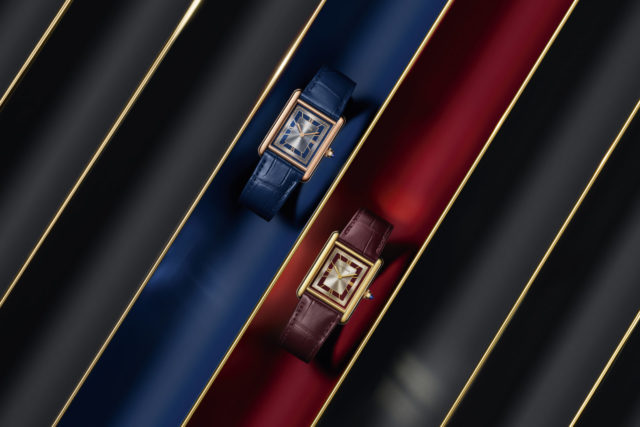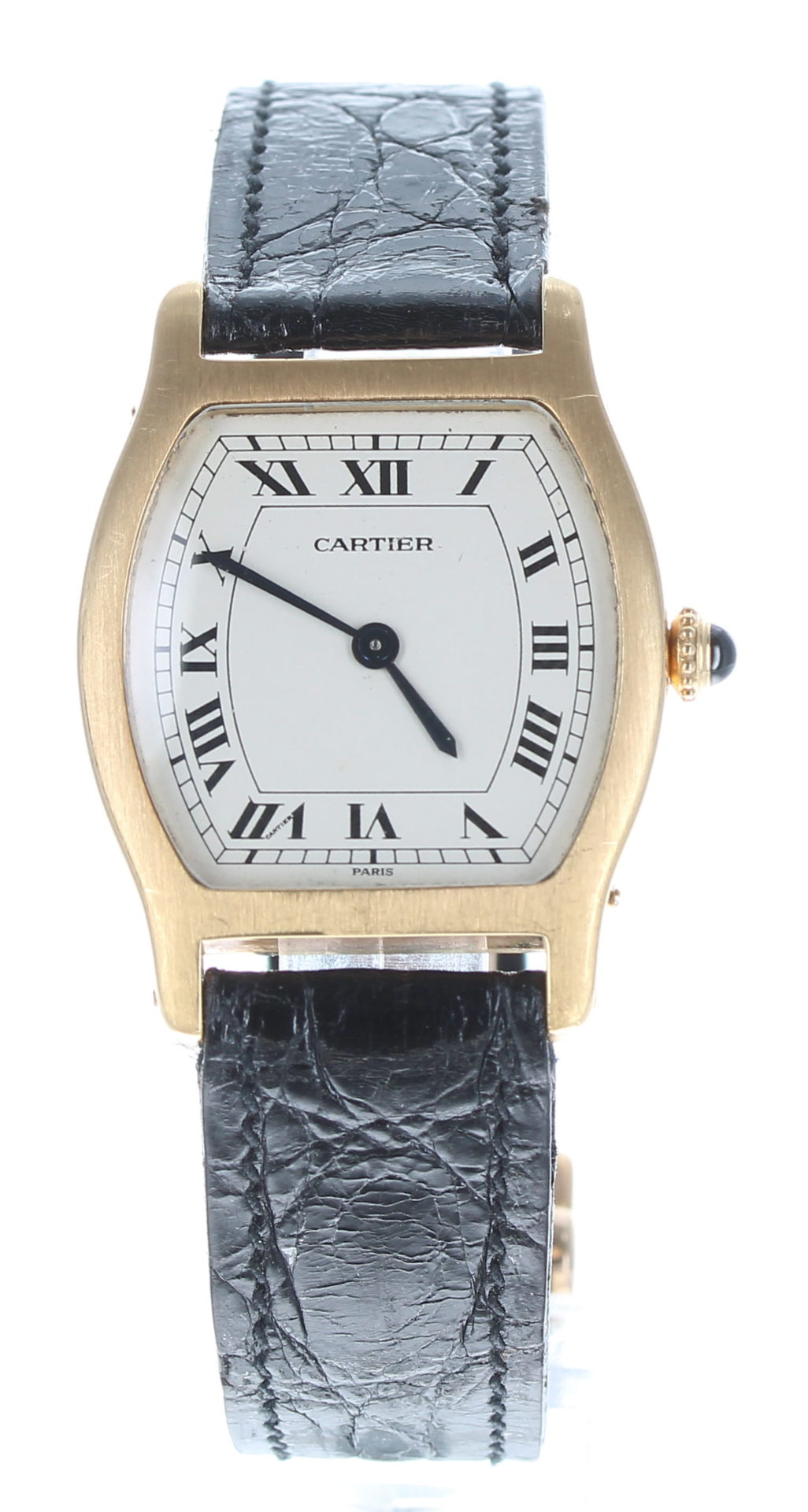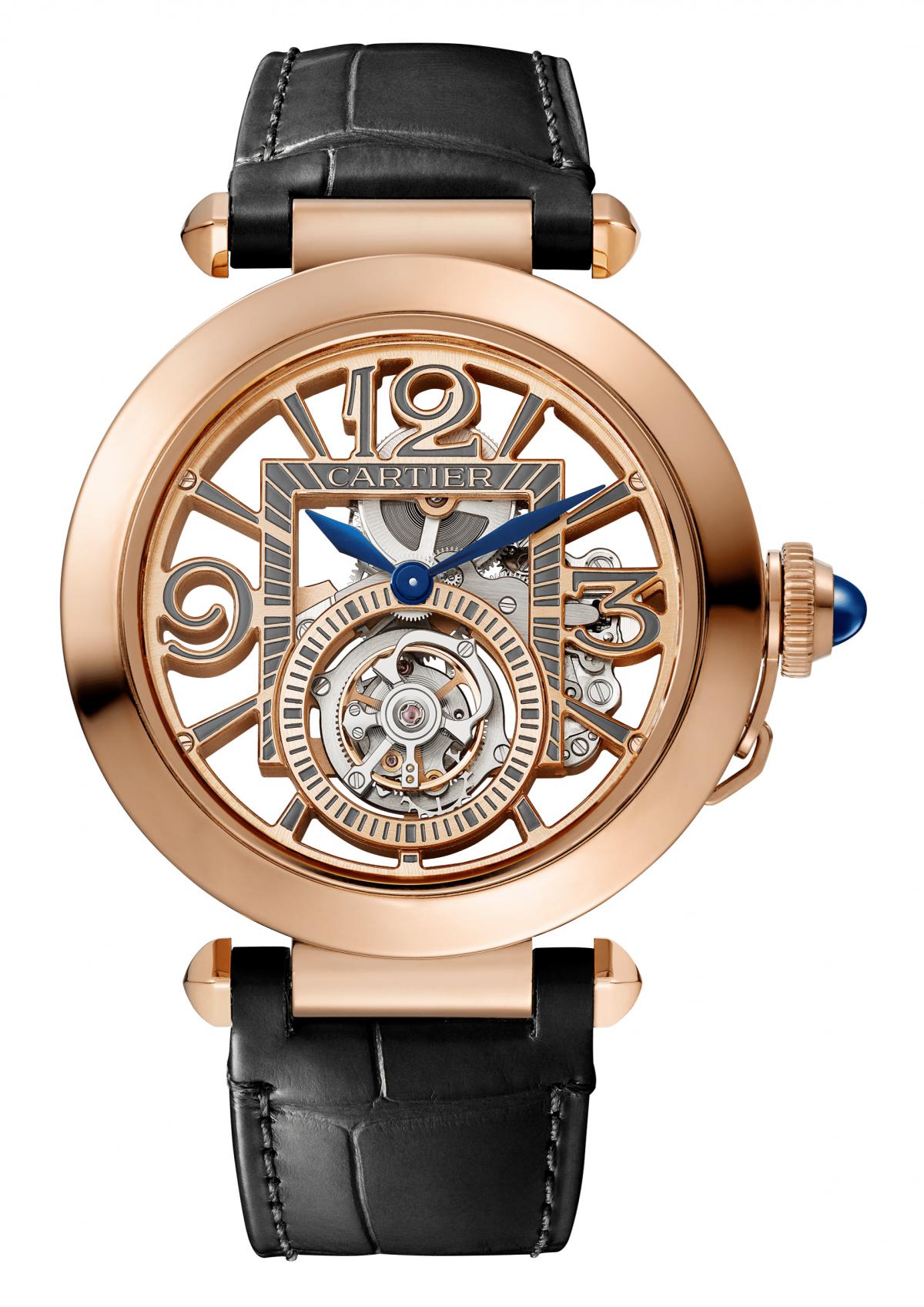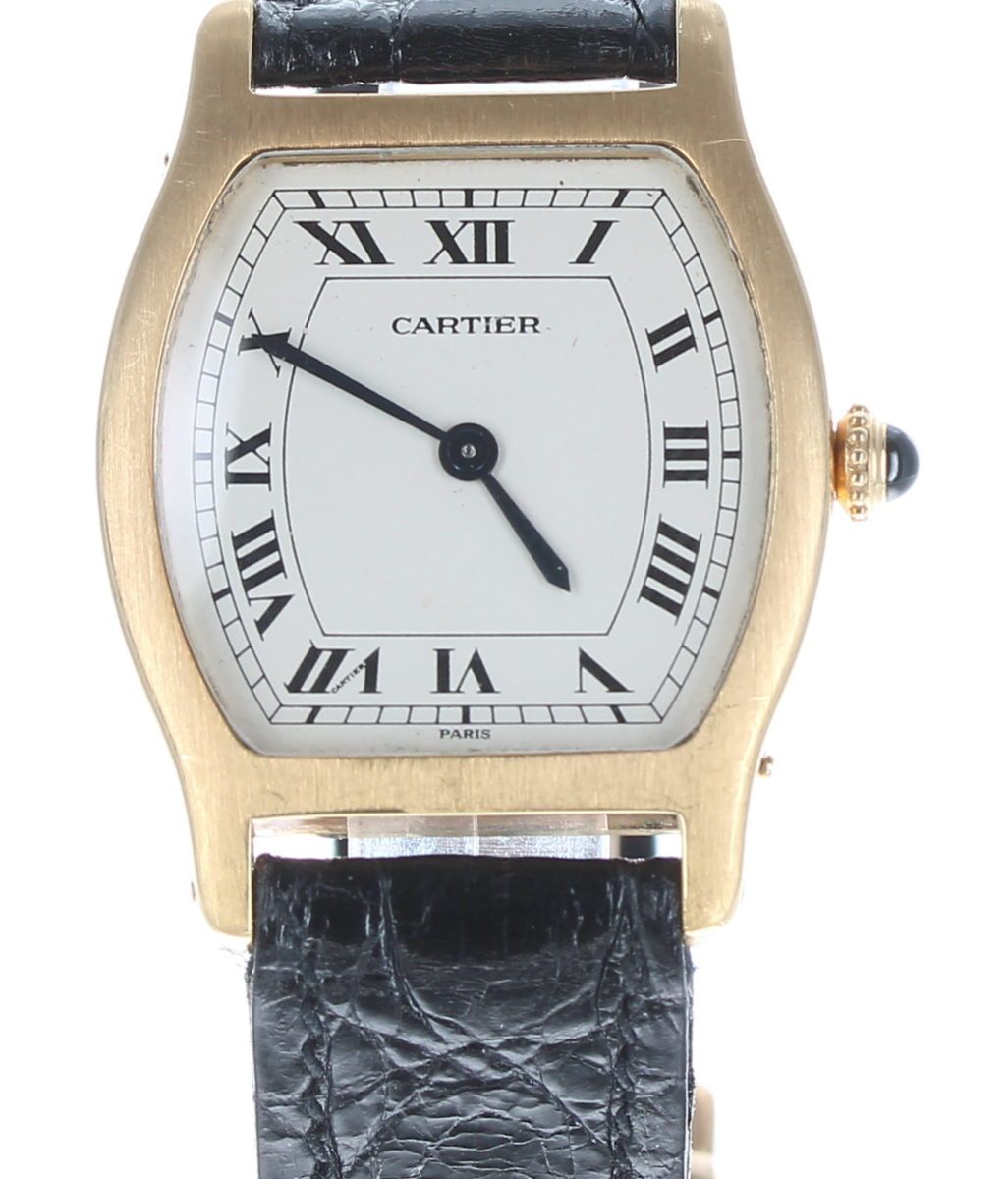“It made me feel like Yorkshire’s answer to Huggy Bear,” recalled my old friend Bruce when I reminded him of the time we cruised Scarborough’s seafront in his 1979 Lincoln Continental, acquired the previous day as a mobile marketing tool to promote a thriving jet ski hire business — in exchange for just 10 crisp, £50 notes.

With its 462 cubic inch engine (that’s 7.6 litres in Euro-speak), white leather interior, white shag-pile carpet and dazzling white paintwork, it certainly turned heads amid the faded Victorian grandeur of the northern resort where more usual traffic comprised Ford Escorts, Vauxhall Astras and Austin Allegros.
By then, Bruce’s ‘79 Continental – once a passable Cadillac rival – was 15 years old and a down-at-heel luxury dinosaur that had succeeded in living up to its name by roaming to a continent on which it was entirely irrelevant.
And it wasn’t any old Continental, either, but a top-of- the- range high quality fake Cartier edition, complete with numbered dashboard plaque, the word ‘Cartier’ sprinkled liberally throughout the interior and distinctive, square instruments marked with the famous entwined ‘C’s and featuring the ribbed look found on Cartier’s Oval lighters.
Lending its hallowed name to a pimped-up ride was just one of the dubious decisions made by Cartier management during the 1970s, a period when the ‘jeweller of kings and king of jewellers’ was experiencing a financial downturn of right royal proportions, leading it to follow a business model established by Pierre Cardin that revolved around offering licensing arrangements — some of which were more appropriate than others.
Among the best was the one granted to entrepreneur Robert Hocq in 1968.
At the time, Hocq was head of the Silver Match cigarette lighter company which was licensed by Cartier Paris to produce the aforementioned Oval lighter, a good-looking, pleasingly tactile and innovative item with a retractable spark wheel.
Although it was every bit as well-made as a luxury replica Cartier item was expected to be and was supplied in the brand’s distinctive and coveted packaging, the Oval came with an unusually affordable price tag due to being gold plated rather than made from the far more expensive 18 carat stuff with which the brand was associated.
Just a year later, Hocq recruited a 26-year-old Alain-Dominique Perrin to work at ‘Briquets de Cartier’ and, within 12 months appointed him as managing director.
The Cartier family had sold the dynastic business in 1964, leaving the ‘original’ Cartier with just four stores — in Hong-Kong, Geneva, Munich and Paris, with Cartier London and Cartier New York no longer being part of the main group.
Hocq and Perrin, together with another entrepreneur called Joseph Kanoui, set about unifying the world of Cartier, first by buying-back Cartier Paris in 1972, followed by London (‘74) and finally New York (76) to create ‘Cartier International’ (of which Perrin served as managing director from 1981 to 2001).
Roaring sales of the Oval lighter led Hocq and Perrin to ponder if the answer to getting Cartier back on its feet might be to offer a whole range of more affordable products, which led to the arrival of Cartier leather goods, pens and perfumes. All provided grist to the mill, but it was the decision in 1977 to launch a less expensive Cartier wrist watch under the umbrella of the ‘Must de Cartier’ sub-brand that really got things going.
Swiss movement copy Must de Cartier (allegedly named after a junior member of the marketing team suggested ‘Cartier: it’s a must!’ as a potential campaign slogan) was established by Perrin and Hocq on the basis that ‘luxury’ could also apply to practical objects; that Cartier needed to expand its horizons while retaining its air of exclusivity; and, most importantly, that the firm needed to capture a wider audience with an offering of more affordable, still stylish product.
The result was the original cheap replica Tank Must de Cartier, a gold-plated wrist watch with an Ebel mechanical movement that retailed at just $500.



